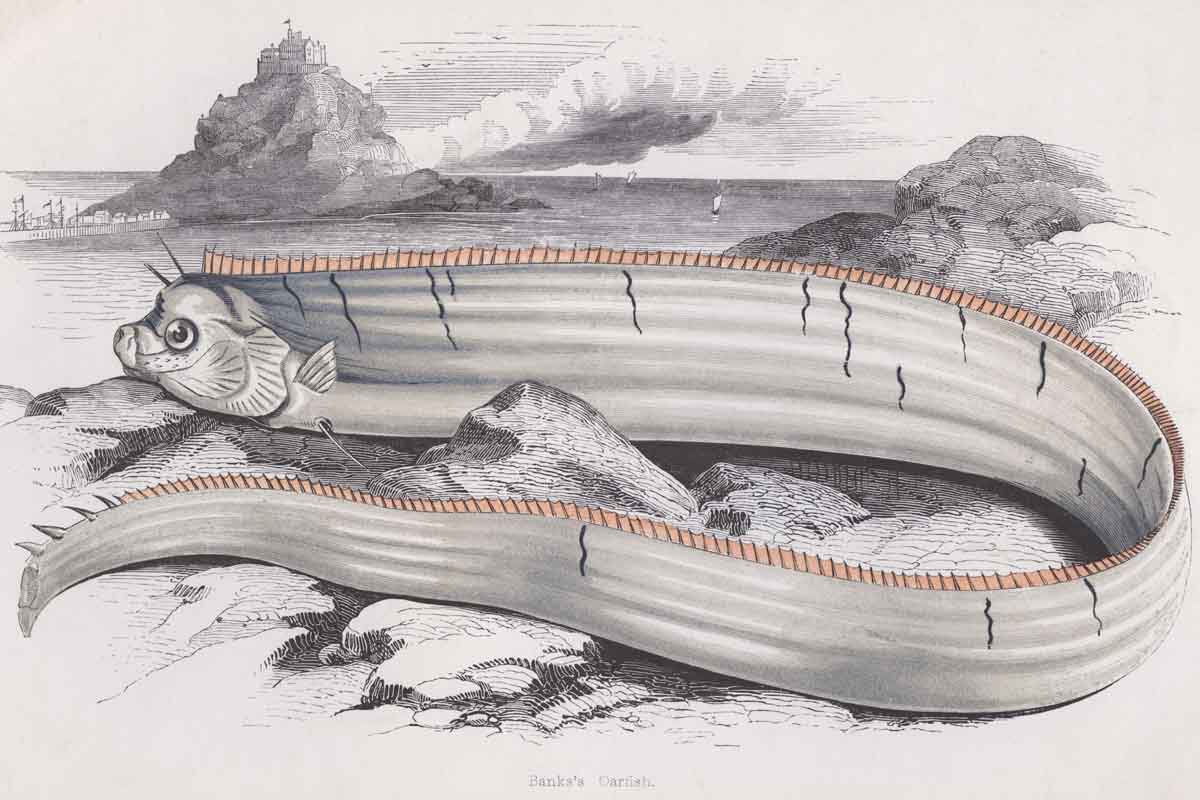For a few days in several towns near the coast of Sinaloa, Mexico, the fear prevails among the inhabitants that a great earthquake is coming.
All this is because a group of fishermen caught an oarfish, whose scientific name is regalecus glesne and that for many people is bad luck because its appearance is linked to great seismic catastrophes registered in various parts of the world.
Considered by science to be the largest bony fish in the world, it is capable of growing up to 56 feet in length and generally inhabits the ocean at depths ranging from 656 to 3,200 feet.
According to several scientific studies, the fact of seeing this type of specimen swimming near the surface is related to certain conditions of instability on the seabed.
Hence, when the group of fishermen from Sinaloa shared a video on social networks showing off the capture of a strange fish they did not know, they immediately received several comments alerting them that an earthquake would probably be close to their region.
In the video recorded by a mobile phone, it is observed how the length of the oarfish exceeds the size of the box of the truck where it was transported.
It can even be seen that the specimen is still alive because it shakes the dorsal fin of its entire long body and even in its agony it gasps, which horrifies most of the more than 205,000 users who have seen the recording on Twitter.
“An earthquake is coming! We are all going to die! You don’t have to believe me, but in Chile that fish is a sign of bad omen”, are some of the numerous comments from frightened users.
Nevertheless, part of this superstition derives from Japanese mythology, where this type of marine species are seen as symbols of earthquakes and other catastrophes.
In this regard, Hiroyuki Motomura, professor of ichthyology at Kagoshima University, explained in an interview with the New York Post a couple of years ago that there is still no scientific connection between the two events.
“The link to reports of seismic activity goes back many, many years, but there is no scientific evidence of a connection, so I don’t think people need to worry,” he said.

